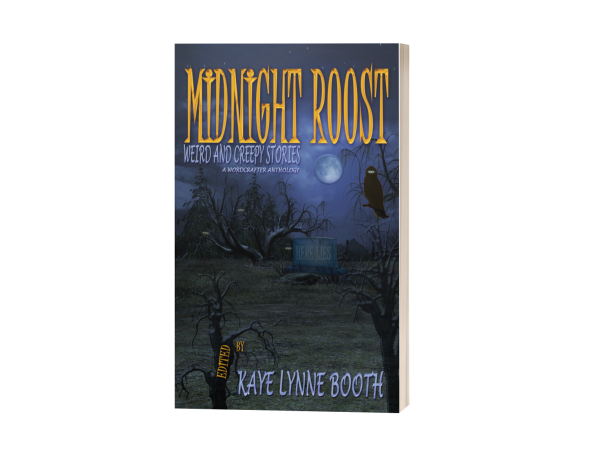“The Wolf Leader”: An origins story of sorts
Posted: January 4, 2021 Filed under: Book Review, Books, Classics, Fiction, Review, Speculative Fiction | Tags: Alexandre Duma, Book Review, The Wolf Leader, werewolves, Writing to be Read Leave a commentThe classics were written in another era and literature was viewed differently than it is in modern times. The language, although often lavish and eloquent, can also be pretentious and difficult to decifer. There are some sixteenth century words that are just plain confuddling to my twentieth century brain. Over the past year, I’ve tried a few times to read the classic authors. After all, their works survive them over centuries, and set the historical standards of contemporary literature. But I couldn’t get through The Call of Cthulhu by H. P. Lovecraft due to all the pretentious purple prose, and although I finished the first story in The Mysteries of Edgar Allen Poe, I had to put it down or risk dying from sheer boredom. While clearly a predecessor to murder mystries which came later, such as Sherlock Holmes, I found Poe’s style too dry to be considered entertaining.
With The Wolf Leader, by Alexandre Dumas, I did not find this to be the case. In spite of a few words which required defining, I had no trouble following the flow of the Dumas’ story. Alfred Allison did a fine job of translating this classic novel and Jonathon Maberry does the literary world a service by bringing it back into print. Dumas’ style is more along the lines of a Don Quixote, silly but entertaining type of story, than the borishness of Poe’s Detective Dupin, or presumptious fluff and verbage of LoveCraft’s Chtulhu Mythos.
The Wolf Leader is a Faust meets The Wolfman story. Contempory werewolves have grown well beyond what Dumas envisioned, but in his work, one can see the origins from which they sprang. Thibauld is a peasant shoemaker, angry at the injustices he feels he has suffered under the hands of French burgious land owners, who makes a deal with the devil, or in this case, the black wolf, to have all of his wishes granted, for the price of one hair per wish. Each time he wishes for something, one hair on his head turns fiery red, and his wishes seldom turn out as he intended. Instead of being rich and loved, as he had desired… well, you can see where this is headed.
The reason we can foresee what’s to come in the tale described above is that we are familiar with the story of Faust, so we might read it and think it a bit tropish with the ‘deal with the devil’ thing. There are no silver bullets or full moons in this tale, but Thibauld does eventually take the form of the black wolf and there is a lot of howling, so it may even be the first werewolf story ever penned, as Jonathon Maberry points out in his introduction. As such, it could could be the trope setter for an entire genre.
How many quills do I give to a classic work of literature? I’m not sure I’m qualified to rate this work which has survived the centuries. The very fact that is has survived speaks volumes more than any opinion I could ever give.
________________________________________________________________________________________________________
Like this post? Let me know in the comments. You can be sure not to miss any of Writing to be Read’s great content by subscribe to e-mail or following on WordPress. If you found this content helpful or entertaining, please share.















